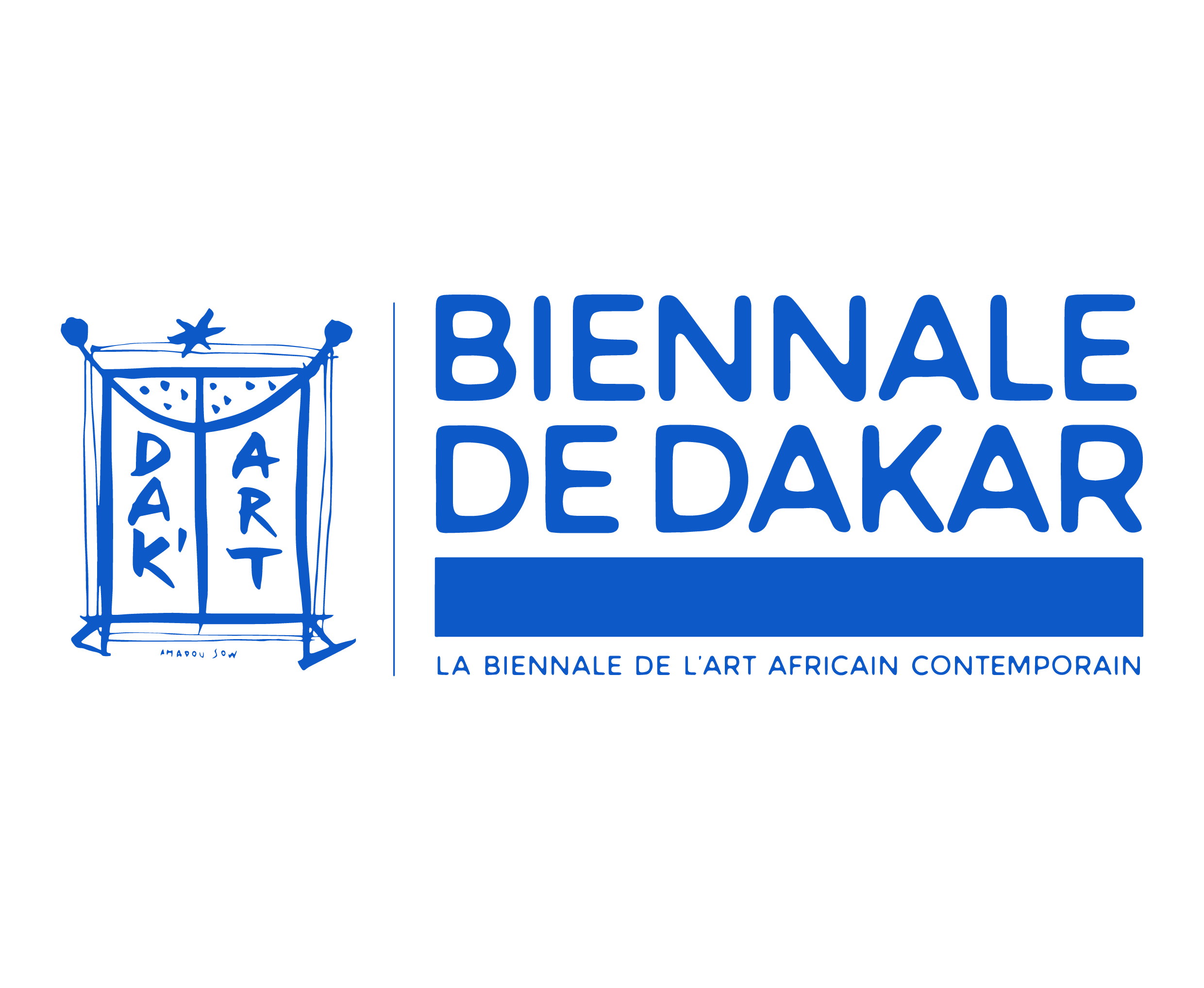Né en 1979 à Abidjan. Vit et travaille à Abidjan. Très tôt, il se découvre une fibre artistique, entre à l’Ecole des Beaux-arts d’Abidjan et en ressort major de sa promotion. Pascal Konan prône l’humanisme. Ses œuvres s’inscrivent dans une thématique enrichie par son environnement. Peintre de la ville africaine où il voit des foules, il est témoin de l’urbanisation galopante, de la précarité, de l’insalubrité criante. Les e-déchets, conséquence des progrès de la technologie, font partie de ses préoccupations constantes. La fulgurante évolution des sciences informatiques, les machines programmables et les nombreux composants électroniques génèrent des résidus dont le dépotoir principal est l’Afrique. Pascal Konan s’en inspire, s’en sert dans ses assemblages-collages, s’attelle à leur insuffler une seconde vie. Chez lui, il y a une matérialité de la peinture, une substance dans le dessin par son apparence visuelle, une réelle structure du langage pictural. Figuratifs, ses « bas-reliefs apparaissent comme une attitude séditieuse envers la peinture officielle. Ses œuvres les plus lisses procèdent par frottis, délavage, décoloration. Ses lignes et ses traits sont appliqués; on se croirait dans des approches hyperréalistes. Lauréat de plusieurs Prix, Pascal participe régulièrement à des expositions et résidences internationales.
Born in 1979 in Abidjan. Lives and works in Abidjan.Very early, he discovered an artistic fiber, entered the School of Fine Arts in Abidjan and graduated as valedictorian. Pascal Konan advocates humanism. His pieces are part of a theme enriched by his environment. Painter of the African city where he sees crowds, he is a witness of the sprawling urbanization, the precariousness, the blatant insalubrity. E-waste, a consequence of technological progress, is one of his constant concerns. The dazzling evolution of computer science, programmable machines and numerous electronic components generate residues whose main dumping ground is Africa. Pascal is inspired by it, uses it in his collages, and tries to give it a second life. With him, there is a materiality of the painting, a substance in the drawing by its visual appearance, a real structure of the pictorial language. Figurative, his carvings appear as a seditious attitude towards official painting. His smoothest pieces proceed by rubbing, washing, fading. His lines and strokes are applied; one would think of hyper-realistic approaches. Pascal is the recipient of several awards and regularly participates in international exhibitions and residencies.
